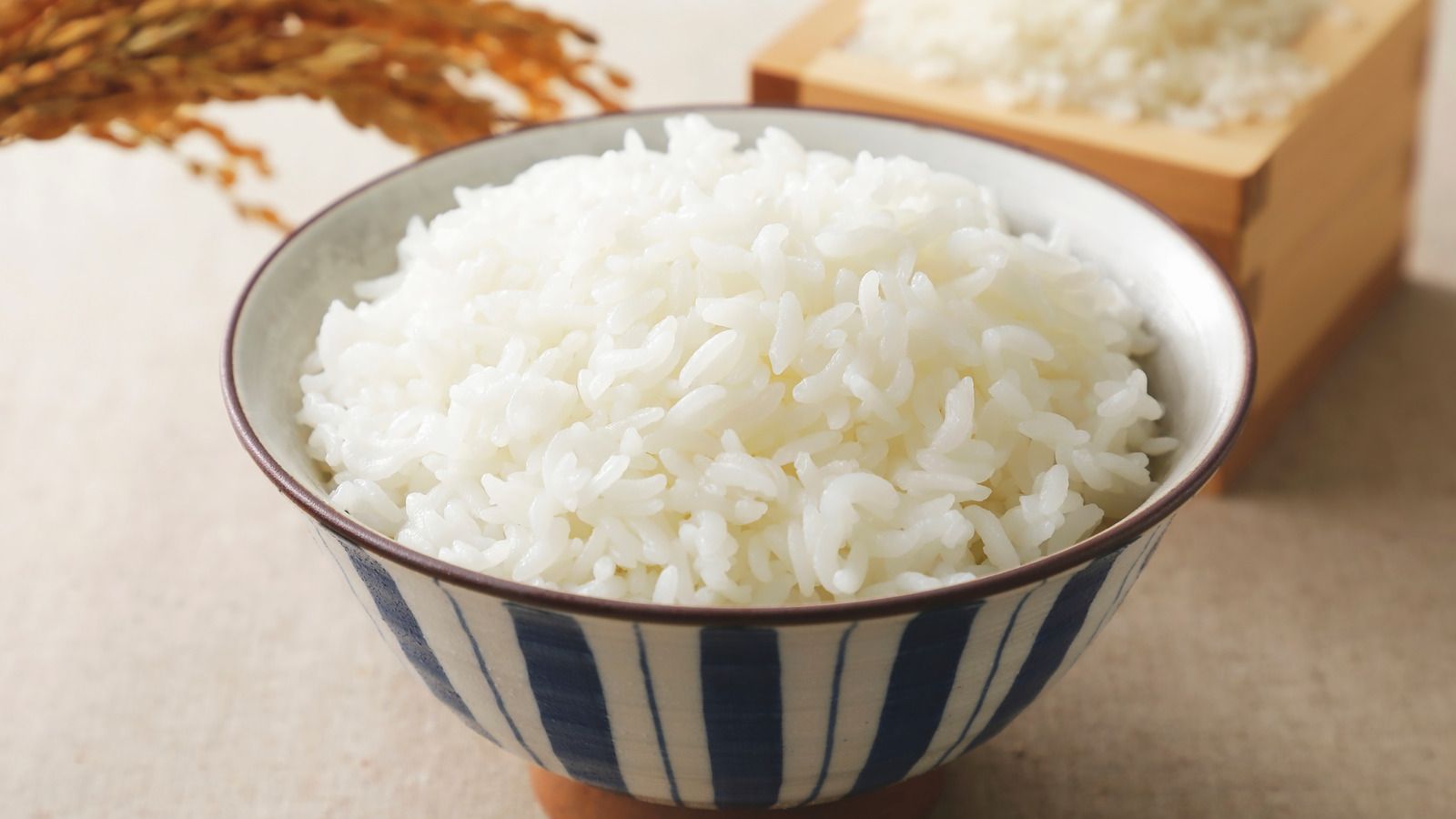

Articles
How To Store Rice In Fridge
Modified: February 24, 2024
Learn the best ways to store rice in the fridge and keep it fresh for longer. Read our articles for expert tips and tricks.
(Many of the links in this article redirect to a specific reviewed product. Your purchase of these products through affiliate links helps to generate commission for Storables.com, at no extra cost. Learn more)
Introduction
Welcome to our comprehensive guide on how to properly store rice in the fridge. Rice is a staple food in many households, and it’s important to store it correctly to maintain its freshness and flavor. Whether you’re dealing with cooked or uncooked rice, refrigeration can help extend its shelf life and prevent spoilage.
In this article, we will explore the reasons why storing rice in the fridge is beneficial and provide step-by-step instructions on how to do it properly. We will also cover tips to help you maintain the quality of your rice for longer periods. So, let’s dive in and learn the best practices for storing rice in the fridge.
Before we proceed, it’s important to note that refrigeration is not necessary for all types of rice. Highly processed white rice generally has a longer shelf life and does not require refrigeration. However, brown rice, wild rice, and other whole grain varieties should be stored in the fridge to maintain their quality.
In the next sections, we’ll discuss the benefits of storing rice in the fridge and guide you through the process of choosing the right container, preparing rice for refrigeration, and storing both cooked and uncooked rice in the fridge. Additionally, we’ll share some helpful tips to extend the shelf life of your rice.
So, if you want your rice to stay fresh, flavorful, and free from any potential contamination, let’s continue reading and learn how to properly store rice in the fridge.
Key Takeaways:
- Properly storing rice in the fridge extends its shelf life, preserves flavor, and prevents bacterial growth. Follow specific steps for cooked and uncooked rice to ensure freshness and safety.
- Choosing the right container, preparing rice for refrigeration, and following storage guidelines are crucial for maintaining the quality and safety of both cooked and uncooked rice in the fridge.
Read more: How To Store Avocado In Fridge
Why Store Rice in the Fridge?
Storing rice in the fridge offers several benefits that contribute to preserving its quality and preventing potential foodborne illnesses. Here are some of the main reasons why refrigeration is beneficial for rice:
- Extended Shelf Life: Rice, especially whole grain varieties like brown rice, contains oils that can become rancid if left at room temperature for too long. Refrigeration slows down the oxidation process, extending the shelf life of rice and keeping it fresh for a longer period.
- Prevention of Bacterial Growth: Rice, when cooked, becomes an ideal breeding ground for bacteria, particularly if not stored properly. The cool temperature of the fridge helps inhibit bacterial growth, reducing the risk of food poisoning.
- Preservation of Texture and Flavor: Refrigeration helps preserve the texture and flavor of rice, especially when storing cooked rice. It minimizes moisture loss, preventing the rice from becoming dry and preserving its natural taste and consistency.
- Avoidance of Insect Infestation: Rice can attract insects such as weevils and pantry moths, which can quickly infest your pantry. Storing rice in the fridge creates a barrier against these pests and protects your rice from contamination.
- Convenience and Versatility: Having cooked rice stored in the fridge makes it easier to prepare quick meals. You can use it for stir-fries, casseroles, or simply reheat it for a side dish. Storing uncooked rice in the fridge also provides flexibility in meal planning and reduces cooking time.
By taking advantage of these benefits, you can ensure that your rice stays fresh, safe to consume, and full of flavor. In the next sections, we will provide you with detailed steps on how to store rice properly in the fridge, whether it is cooked or uncooked.
Choosing the Right Container
When it comes to storing rice in the fridge, choosing the right container is essential to maintain its quality and prevent any contamination. Here are some factors to consider when selecting a container:
- Airtightness: Opt for a container that has a tight-fitting lid to prevent air from entering and moisture from escaping. This helps to preserve the freshness and texture of the rice.
- Material: It’s best to choose a container made of food-grade materials such as glass or BPA-free plastic. These materials do not leach chemicals into the rice and are safe for food storage.
- Size: Consider the amount of rice you plan to store and choose a container that is appropriate in size. It should have enough capacity to hold the rice without overcrowding or leaving excessive empty space.
- Transparency: Opt for a container that is transparent or has a clear window to easily see the contents inside. This allows you to identify the type and quantity of rice without having to open the container.
- Stackability: If you have limited fridge space, look for containers that are stackable. This will help optimize the available space and allow for better organization of your food storage.
Some examples of suitable containers for storing rice in the fridge include glass jars with airtight lids, BPA-free plastic containers with sealing gaskets, or even reusable silicone bags. These options provide the necessary airtightness and durability required for proper rice storage.
Remember to consider the quantity of rice you plan to store and choose containers accordingly. It’s also a good idea to have multiple containers if you frequently cook different types of rice or if you prefer to portion them individually.
By selecting the right container, you can ensure that your rice stays fresh, protected, and easily accessible in the fridge. In the next sections, we will dive into the steps to prepare and store both cooked and uncooked rice in the fridge.
Preparing Rice for Refrigeration
Before you store rice in the fridge, it’s important to prepare it properly to maintain its quality and prevent any potential foodborne illnesses. Here are the steps to follow:
- Cooked Rice:
- Allow the cooked rice to cool down to room temperature. Leaving it uncovered for about 1-2 hours helps remove excess moisture.
- Divide the rice into smaller portions. This allows for easier storage and quick reheating without having to thaw the entire batch.
- Place the portions of cooked rice in separate airtight containers or sealable bags.
- Make sure to remove any excess air from the container or bag before sealing it. This helps minimize moisture and potential bacterial growth.
- Label each container or bag with the date of storage to keep track of its freshness.
- Uncooked Rice:
- If the uncooked rice is already in a package, ensure it is tightly sealed. If not, transfer the rice to an airtight container.
- If desired, you can portion the uncooked rice into smaller amounts based on your needs.
- Label the container with the type of rice, date of purchase, and any specific instructions or cooking times.
- Seal the container tightly to prevent moisture and insect contamination.
Proper preparation is crucial to maintaining the quality and safety of your rice. By following these steps, you can ensure that the rice is ready for refrigeration and protected from any potential spoilage.
In the next sections, we will discuss the specific storage methods for both cooked and uncooked rice in the fridge. These steps will help you maximize the shelf life of your rice and keep it fresh for an extended period.
Storing Cooked Rice in the Fridge
Storing cooked rice in the fridge is a great way to have a ready-to-eat meal or side dish on hand. Follow these steps to ensure that your cooked rice stays fresh and safe:
- Cool Down: Allow the cooked rice to cool down to room temperature. This usually takes about 1-2 hours. You can leave it uncovered to help moisture evaporate.
- Portion Control: Divide the cooked rice into smaller portions based on your serving needs. This allows you to easily take out the desired amount without having to thaw the entire batch.
- Airtight Packaging: Place each portion of cooked rice in separate airtight containers or sealable bags. Ensure that the containers are clean and dry before use.
- Remove Excess Air: Before sealing the containers or bags, press out any excess air to minimize moisture and prevent bacterial growth. This can be done by gently squeezing the container or using a vacuum sealer for bags.
- Date and Label: Label each container or bag with the date of storage to keep track of its freshness. This will help you identify the oldest rice for consumption and maintain food safety.
- Refrigerate: Place the labeled containers or bags of cooked rice in the refrigerator as soon as possible. Keep them in the main compartment of the fridge rather than the door, as the main compartment maintains a more consistent temperature.
When stored properly, cooked rice can last in the fridge for up to 4-6 days. To reheat the rice, you can either use a microwave-safe dish or steam it on the stovetop. Ensure that the rice is heated to at least 165°F (74°C) to kill any potential bacteria.
Remember to discard any cooked rice that has been left at room temperature for more than 2 hours, as it can become a breeding ground for bacteria. If you are unsure about the freshness of the rice, it’s always better to err on the side of caution and dispose of it.
In the next section, we will discuss the steps to store uncooked rice in the fridge, ensuring its longevity and quality.
Store rice in an airtight container in the fridge to keep it fresh. Make sure it’s completely cooled before storing to prevent bacteria growth. Use within 4-6 days.
Read more: How To Store Sandwiches In The Fridge
Storing Uncooked Rice in the Fridge
Whether you’re dealing with brown rice, wild rice, or other whole grain varieties, storing uncooked rice in the fridge can help maintain its freshness and quality. Follow these steps to properly store uncooked rice:
- Transfer to a Suitable Container: If the uncooked rice is already in an opened package, it’s best to transfer it to an airtight container. This helps prevent moisture absorption and protects it from insects or contaminants.
- Portion Control (Optional): If desired, you can portion the uncooked rice into smaller amounts based on your needs. This allows for easier meal planning and prevents excessive exposure to air and moisture.
- Label and Date: Label the container with the type of rice, date of purchase, and any specific cooking instructions or times. This helps you stay organized and keep track of the freshness of the rice.
- Airtight Seal: Ensure that the container is sealed tightly to prevent any moisture from entering and to preserve the quality of the rice. This is especially important for brown rice and other whole grain varieties that have higher oil content.
- Refrigerate: Place the sealed container of uncooked rice in the main compartment of the refrigerator. Avoid storing it in the door as the temperature may fluctuate more frequently.
By storing uncooked rice in the fridge, you can extend its shelf life and maintain its texture and flavor for a longer period. It’s important to note that uncooked rice can be safely stored in the refrigerator for up to 6-12 months, depending on the type of rice.
When using the refrigerated uncooked rice, ensure that you cook it according to the package instructions or your preferred method. Proper cooking removes any potential bacteria or contaminants and ensures the rice is safe to consume.
Now that you know how to store both cooked and uncooked rice in the fridge, let’s move on to some additional tips to help you extend the shelf life of your rice and maintain its quality.
Tips for Extending Rice Shelf Life
To make the most out of your stored rice and extend its shelf life, here are some helpful tips to keep in mind:
- Keep a Cool Temperature: Rice should be stored in a cool environment, preferably below 40°F (4°C). This helps slow down the oxidation process and inhibits the growth of bacteria.
- Avoid Excessive Moisture: Moisture can lead to mold growth and spoilage of rice. Ensure that the rice is stored in a dry container and avoid exposing it to excess moisture or humidity.
- Monitor Storage Time: It’s important to keep track of the storage time of your rice. Cooked rice can be safely stored in the fridge for 4-6 days, while uncooked rice can be refrigerated for up to 6-12 months.
- Protect from Insects: To prevent insect infestation, store whole grain rice in airtight containers and check for signs of bugs regularly. If you encounter any pests, discard the affected rice and clean the storage area thoroughly.
- Avoid Cross-Contamination: When handling rice, ensure that your hands and utensils are clean to avoid introducing bacteria. Additionally, store rice away from raw meat, fish, or other potentially contaminated foods in the fridge.
- Don’t Reheat Rice Multiple Times: Reheating rice repeatedly can increase the risk of foodborne illnesses. Only reheat the amount you plan to consume and discard any leftovers that have been reheated previously.
- Inspect Before Consuming: Before cooking or eating stored rice, visually inspect it for any signs of spoilage, such as strange odors, discoloration, or mold growth. If in doubt, it’s better to discard it to ensure your safety.
- Rotate Stock: When storing multiple packages of uncooked rice, practice the “first in, first out” rule. Use the older packages before the newer ones to ensure you consume the rice within its recommended shelf life.
By following these tips, you can ensure that your stored rice stays fresh, safe to consume, and of high quality. Remember that proper storage and handling are crucial in preventing foodborne illnesses and maximizing the shelf life of your rice.
Now that you have a better understanding of how to store rice in the fridge and extend its shelf life, you can enjoy fresh and flavorful rice for more extended periods. Stay mindful of the storage guidelines, and you’ll never have to worry about wasting rice or compromising its taste and safety.
If you have any more questions or concerns about storing rice or any other food items, feel free to consult food safety guidelines and consult with professionals if needed.
Happy cooking and storing!
Frequently Asked Questions (FAQs)
Here are some commonly asked questions about storing rice in the fridge:
- Can I store rice in the fridge immediately after cooking?
- How long can I store cooked rice in the fridge?
- Can I freeze cooked rice instead of refrigerating?
- Should I wash the uncooked rice before storing it in the fridge?
- Can I store rice in the fridge without transferring it to an airtight container?
- What are the signs of spoiled rice?
- Can I store different types of rice together in the same container?
It’s best to allow the cooked rice to cool down to room temperature for 1-2 hours before refrigerating it. This helps prevent condensation and excessive moisture in the container.
Cooked rice can be safely stored in the fridge for 4-6 days. Ensure that it is properly stored in airtight containers and reheated to a temperature of at least 165°F (74°C) before consuming.
Yes, you can freeze cooked rice for longer storage. Allow it to cool completely, place it in an airtight freezer-safe container or freezer bag, and label with the date. Frozen rice can last 2-3 months in the freezer.
It is generally recommended not to wash rice before refrigeration as it can introduce excess moisture, potentially leading to spoilage. Washing rice just before cooking is sufficient for most types.
While an airtight container is ideal for maintaining the quality of rice, you can use a resealable plastic bag or wrap the rice tightly with plastic wrap if you do not have a suitable container.
If you notice any strange odors, discoloration, or mold growth on the rice, it is best to discard it. Spoiled rice can cause foodborne illnesses, so it’s important to err on the side of caution.
It is generally recommended to store different types of rice in separate containers to prevent flavor transfer and maintain their distinct qualities. However, if you don’t mind some flavor mixing, you can store them together.
If you have any additional questions or concerns about storing rice or any other food items, it’s always best to refer to food safety guidelines or consult with professionals to ensure proper storage and safety.
Conclusion
Properly storing rice in the fridge is essential to maintain its freshness, quality, and safety. Whether you’re dealing with cooked or uncooked rice, following the right storage techniques ensures that you can enjoy flavorful and safe rice for longer periods.
By refrigerating cooked rice in airtight containers after it has cooled down, you can extend its shelf life for 4-6 days. Portioning the rice and labeling the containers with the date of storage helps you keep track of its freshness.
For uncooked rice, transferring it to airtight containers and placing them in the fridge protects it from moisture, insects, and contaminants. Properly stored, uncooked rice can last for 6-12 months and retain its quality.
Remember to monitor the storage time, protect the rice from excess moisture, and properly seal the containers to maintain its freshness. Dispose of any spoiled or questionable rice to ensure food safety.
Following these guidelines, along with the tips for extending rice shelf life, such as keeping a cool temperature, avoiding cross-contamination, and reheating rice only once, will help you make the most out of your rice storage.
Now that you’re equipped with the knowledge and techniques to store rice in the fridge, you can confidently enjoy fresh and delicious rice whenever you need it. With proper storage practices and a focus on food safety, you can be sure that your rice will always be ready for enjoyable meals.
Remember to consult food safety guidelines or reach out to professionals if you have any specific concerns or questions about storing rice or any other food items.
Happy cooking and storing!
Frequently Asked Questions about How To Store Rice In Fridge
Was this page helpful?
At Storables.com, we guarantee accurate and reliable information. Our content, validated by Expert Board Contributors, is crafted following stringent Editorial Policies. We're committed to providing you with well-researched, expert-backed insights for all your informational needs.
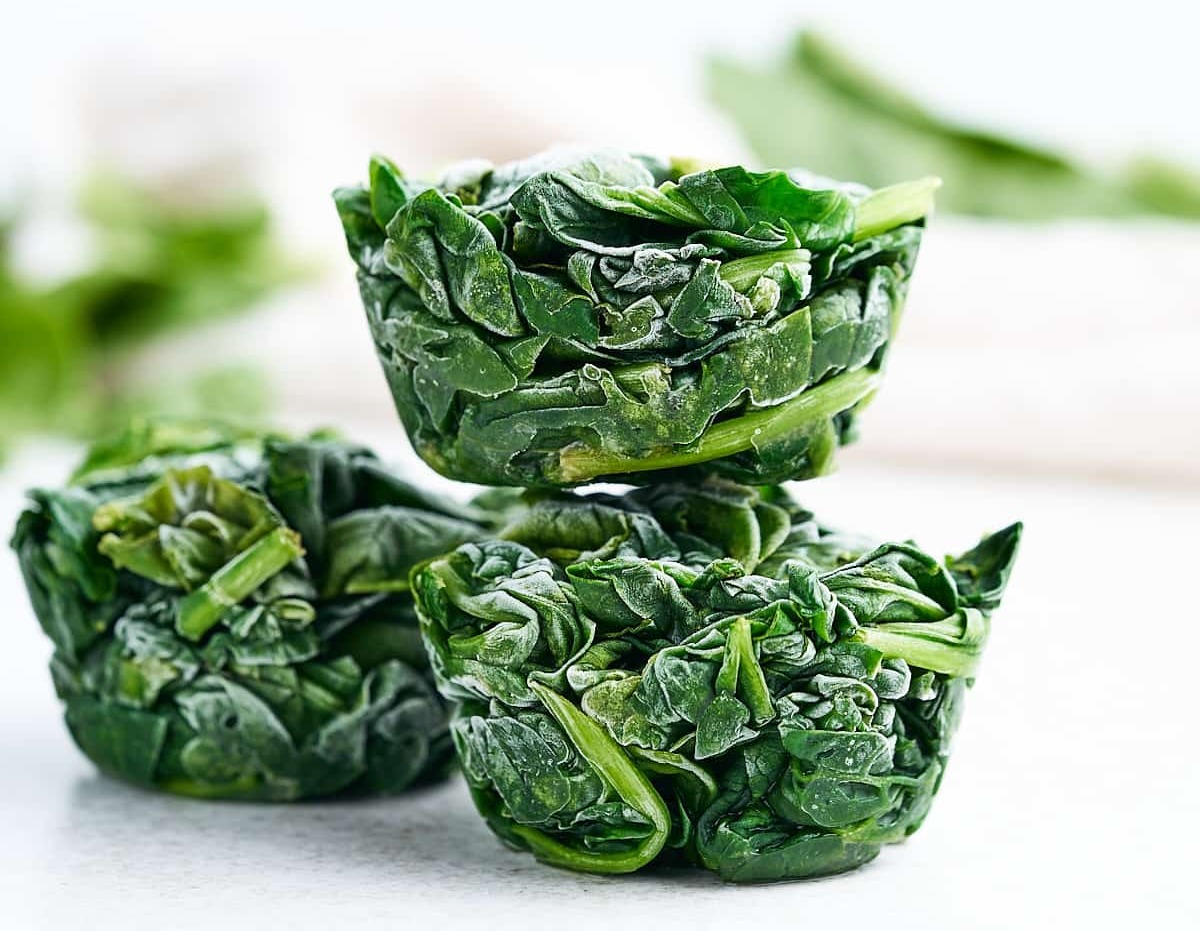
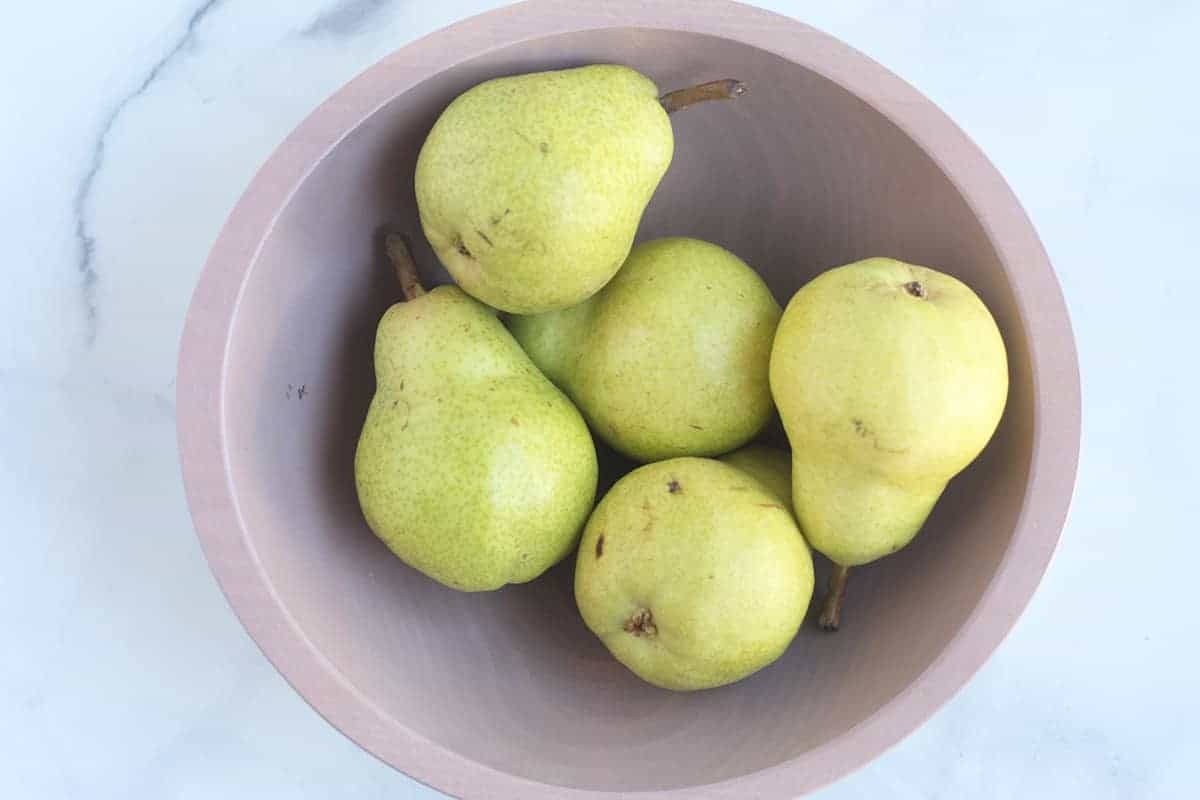
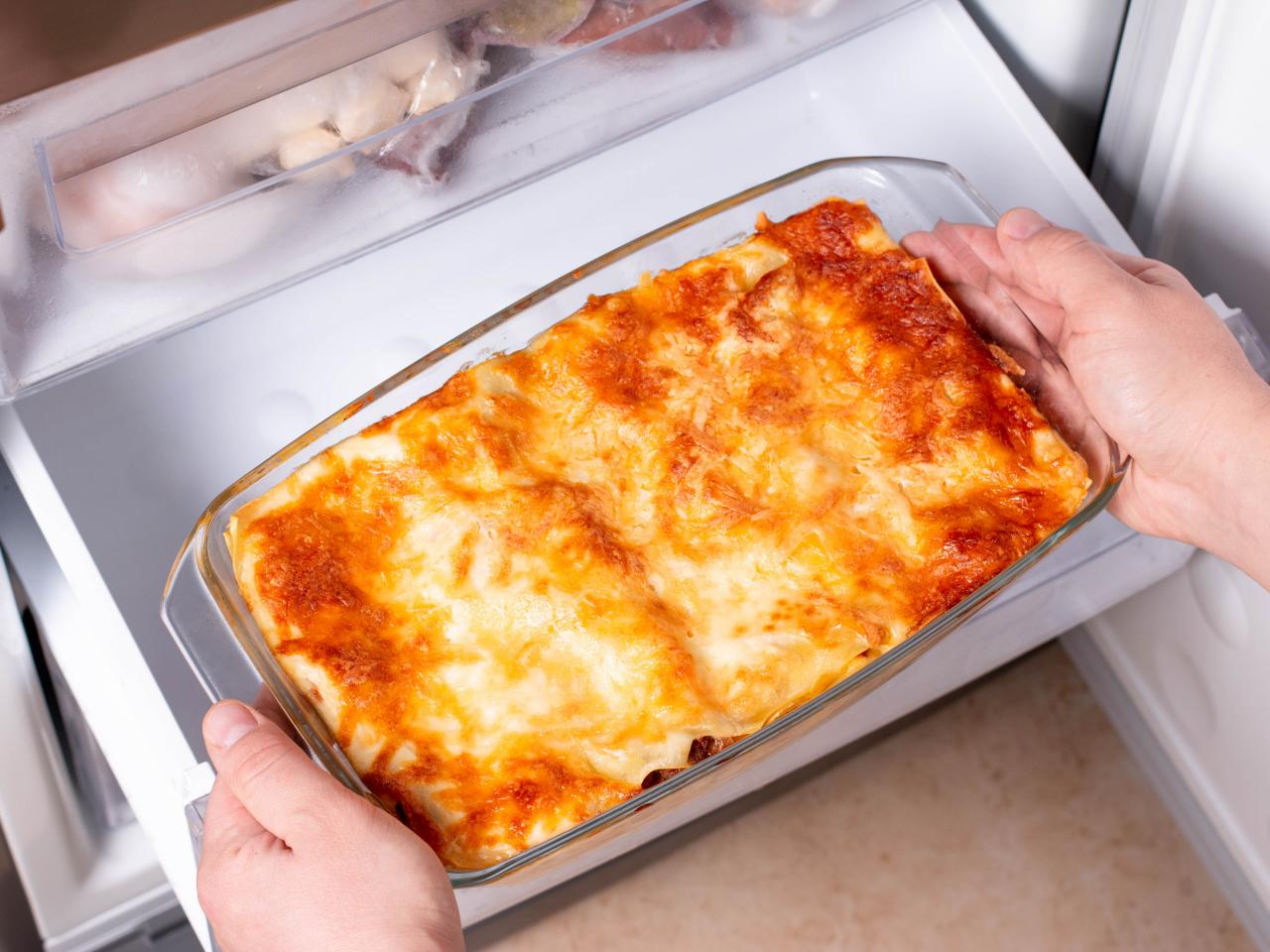

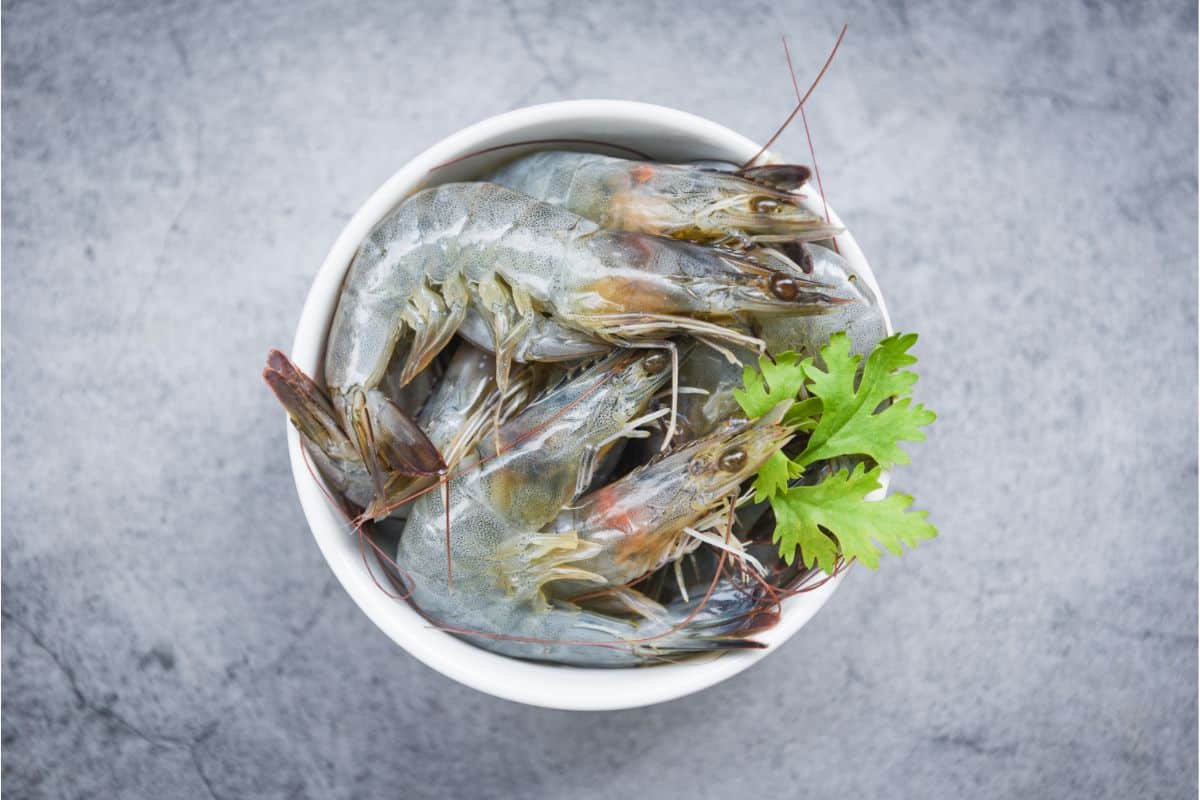
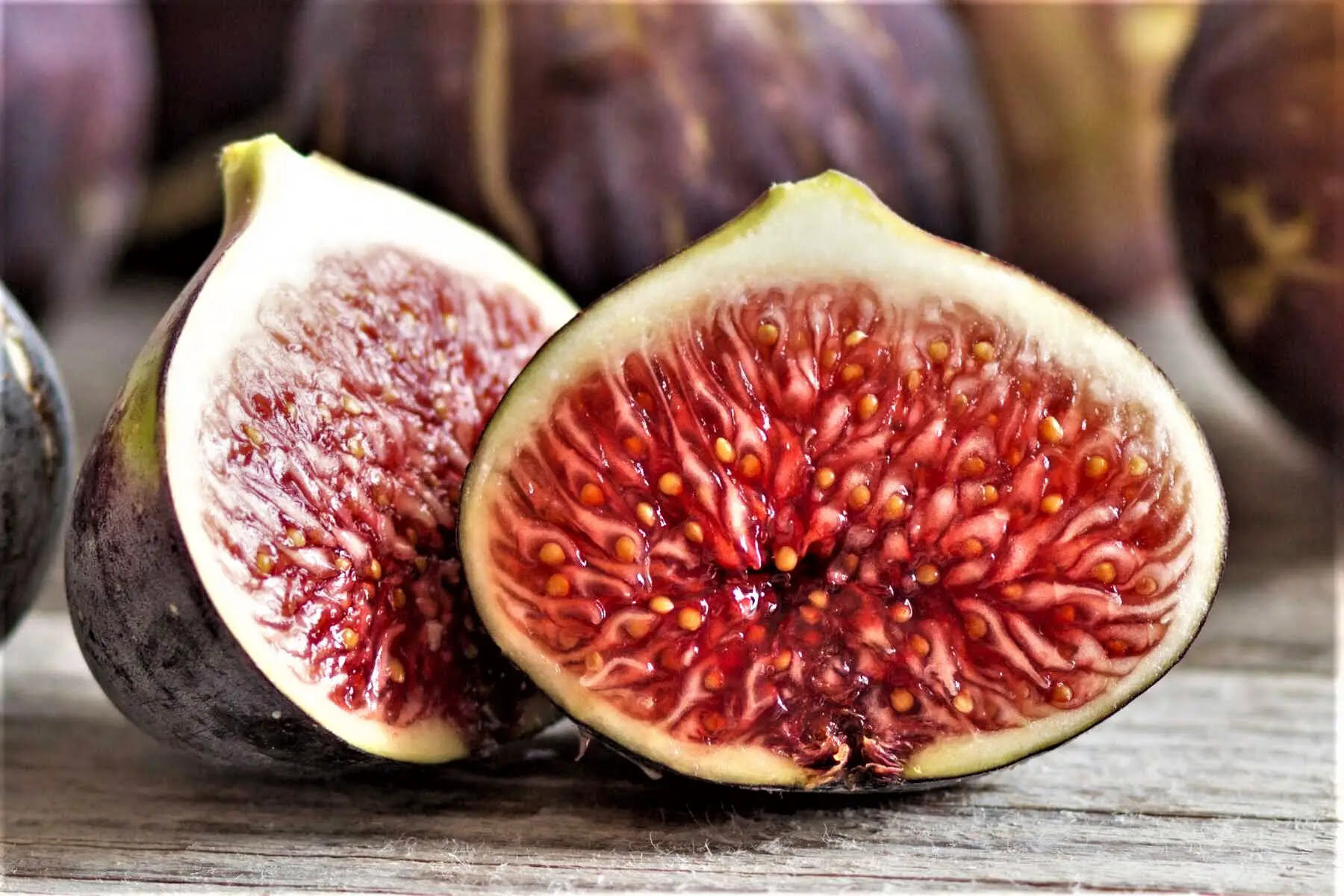
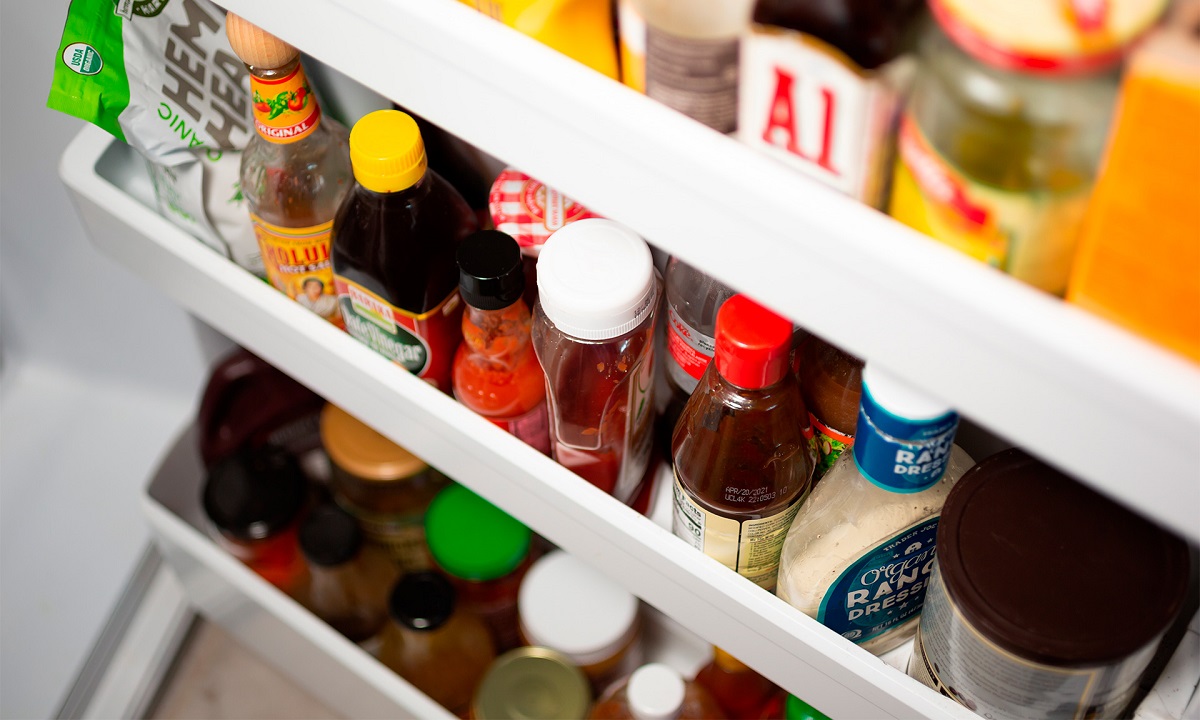
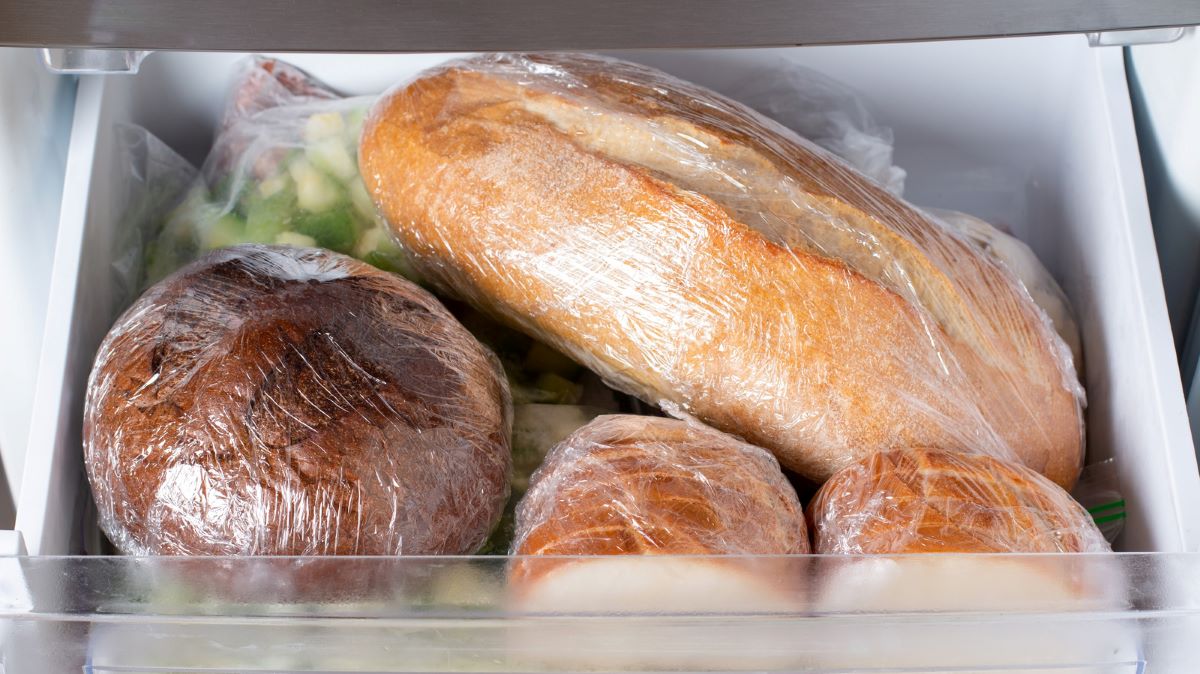
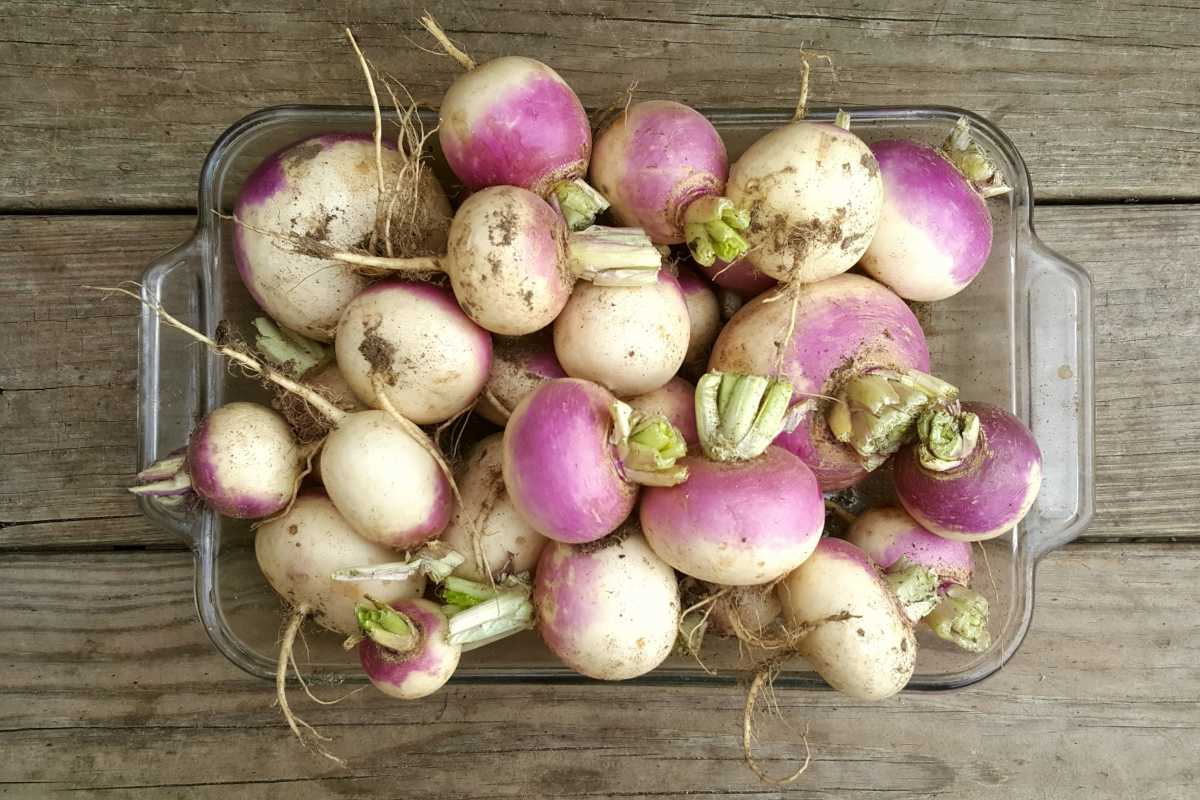

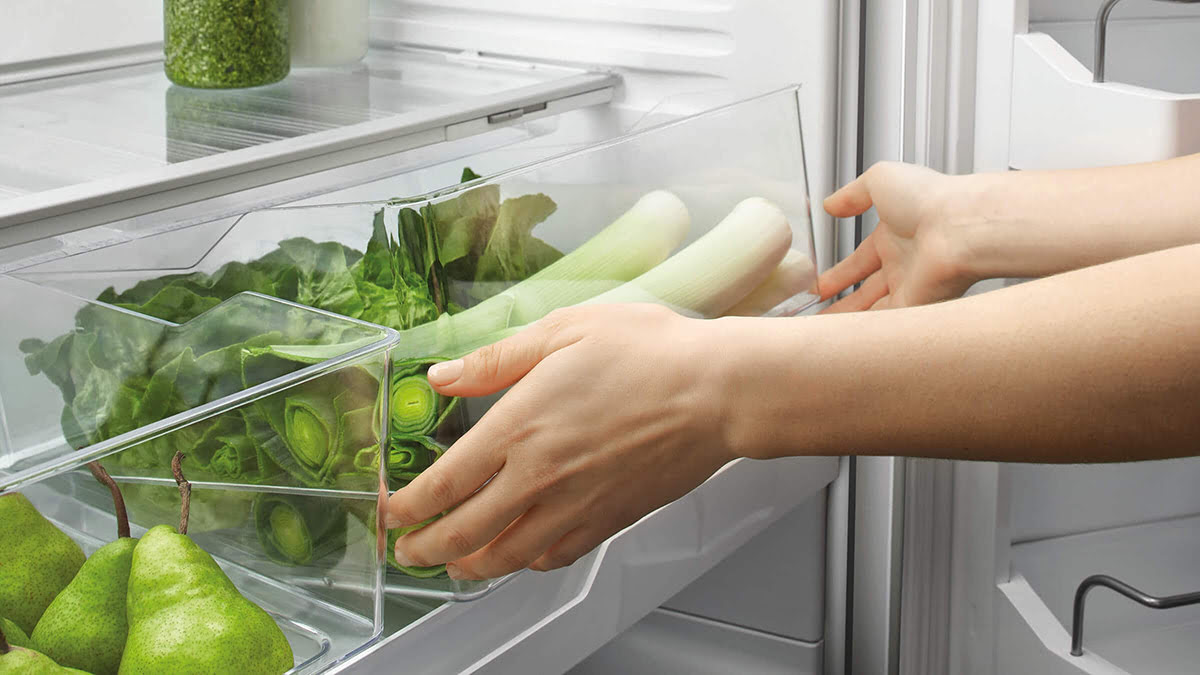
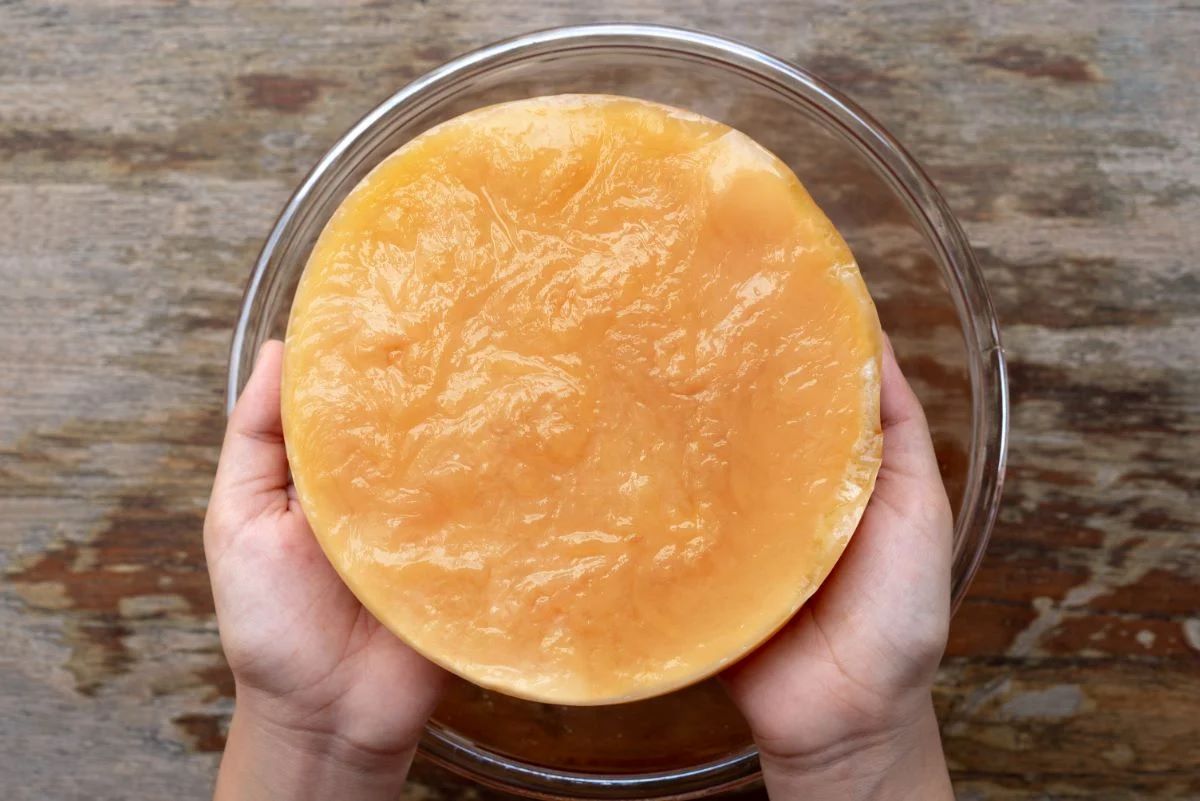
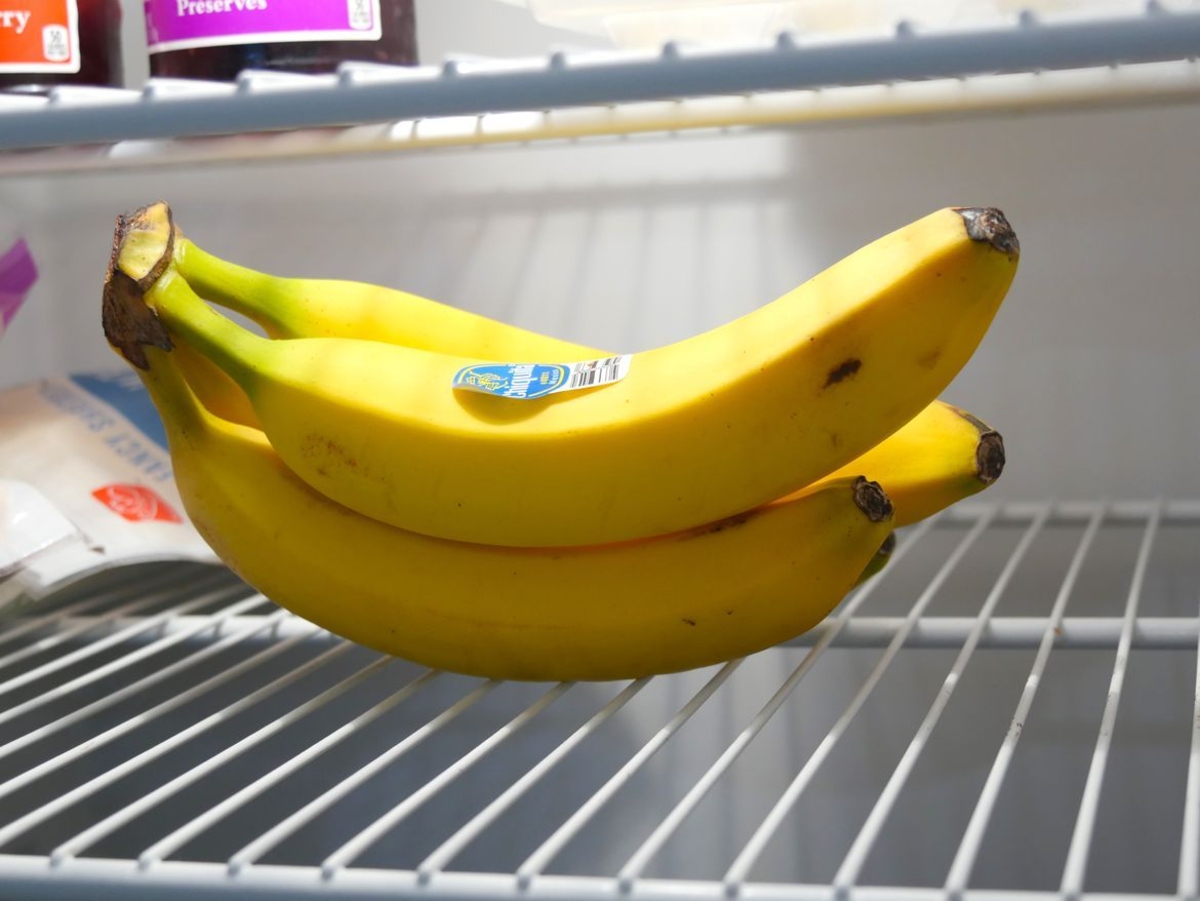
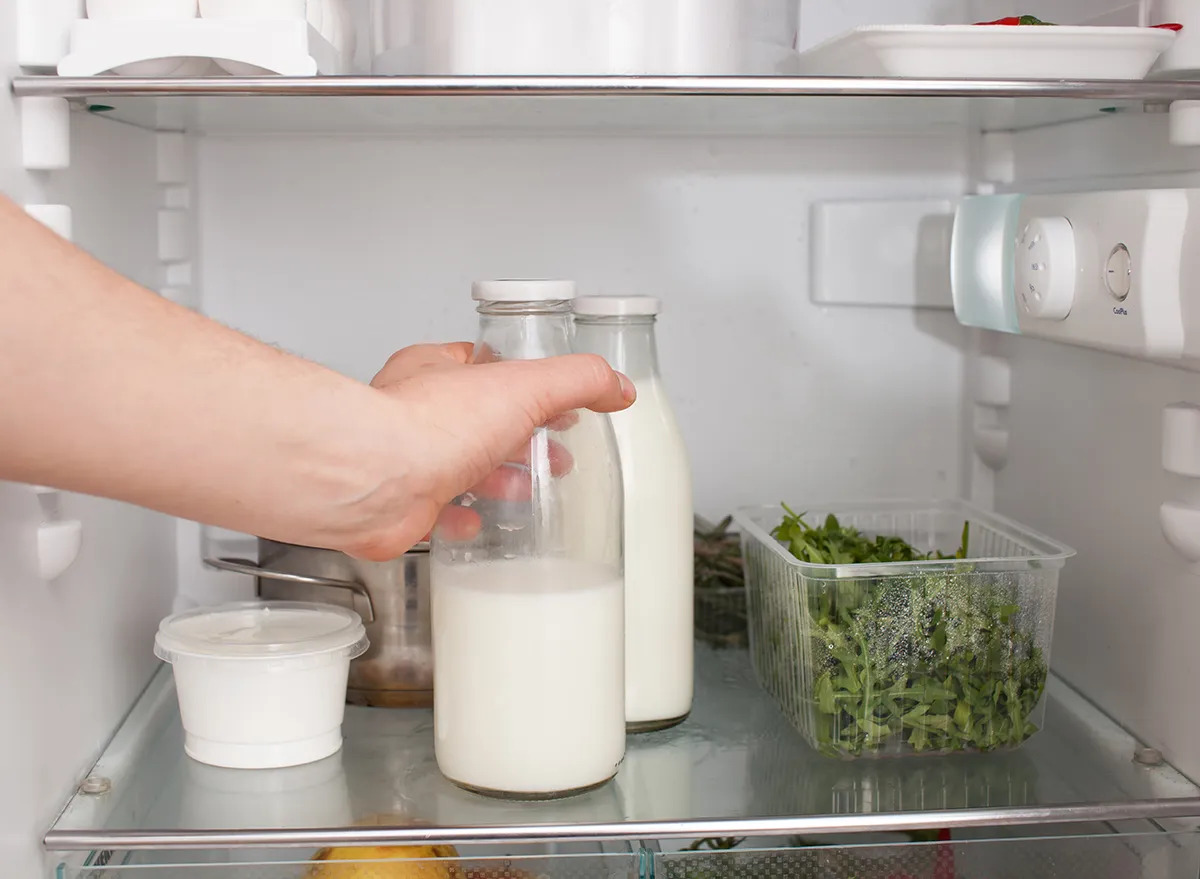

0 thoughts on “How To Store Rice In Fridge”